Rennong Yang
Deep Residual Bidir-LSTM for Human Activity Recognition Using Wearable Sensors
Sep 07, 2017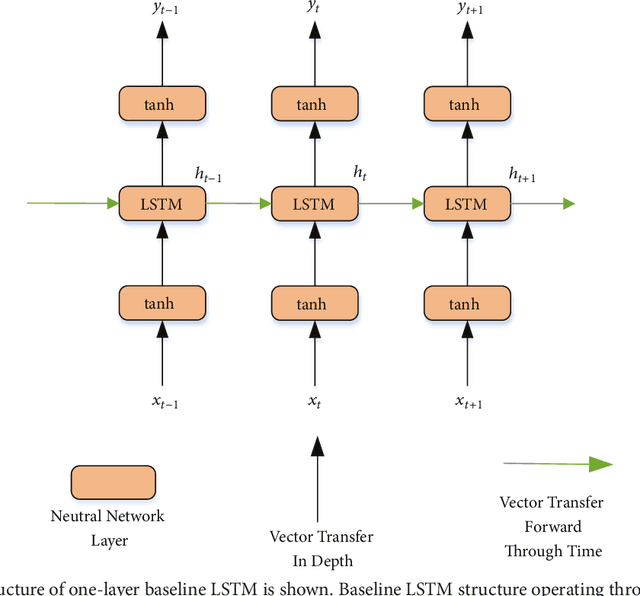

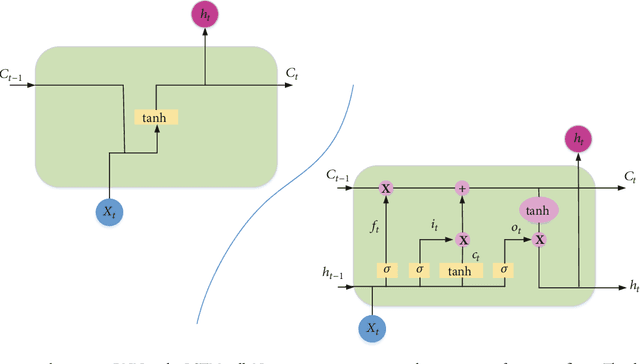

Abstract:Human activity recognition (HAR) has become a popular topic in research because of its wide application. With the development of deep learning, new ideas have appeared to address HAR problems. Here, a deep network architecture using residual bidirectional long short-term memory (LSTM) cells is proposed. The advantages of the new network include that a bidirectional connection can concatenate the positive time direction (forward state) and the negative time direction (backward state). Second, residual connections between stacked cells act as highways for gradients, which can pass underlying information directly to the upper layer, effectively avoiding the gradient vanishing problem. Generally, the proposed network shows improvements on both the temporal (using bidirectional cells) and the spatial (residual connections stacked deeply) dimensions, aiming to enhance the recognition rate. When tested with the Opportunity data set and the public domain UCI data set, the accuracy was increased by 4.78% and 3.68%, respectively, compared with previously reported results. Finally, the confusion matrix of the public domain UCI data set was analyzed.
Applying Deep Bidirectional LSTM and Mixture Density Network for Basketball Trajectory Prediction
Aug 19, 2017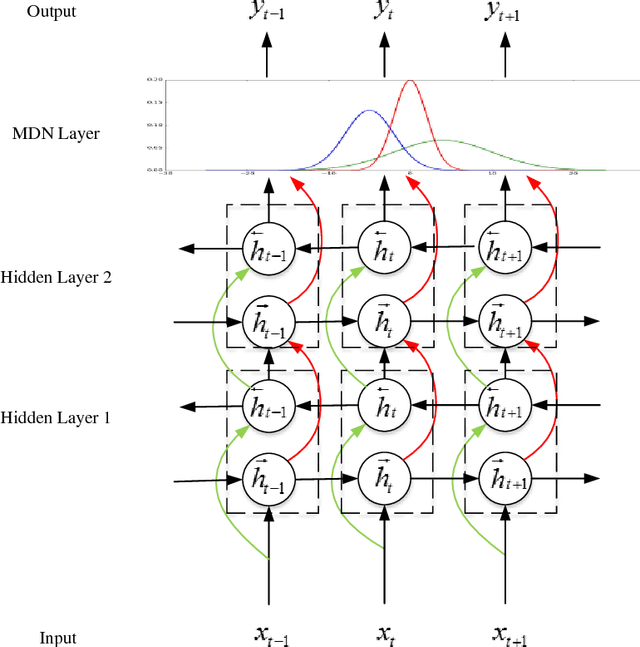
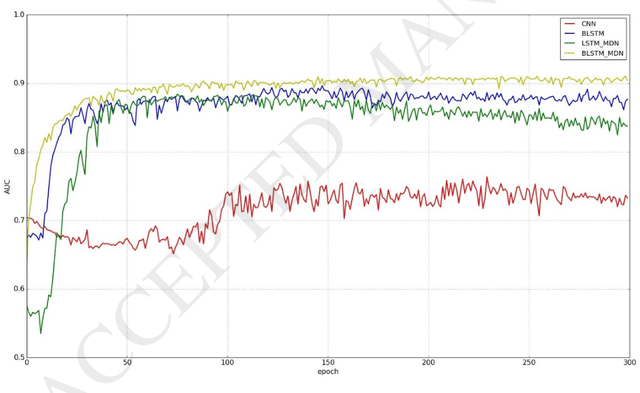
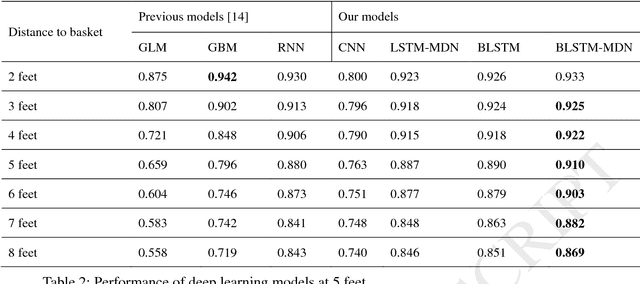
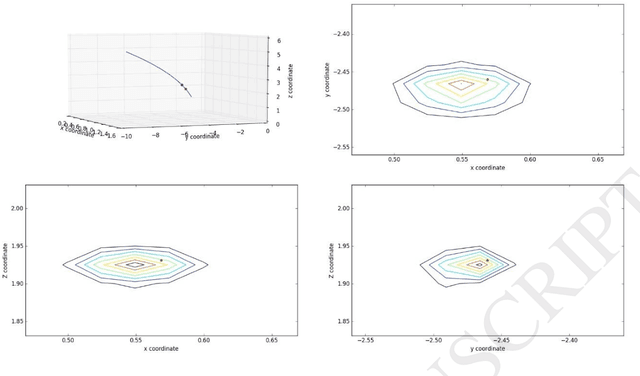
Abstract:Data analytics helps basketball teams to create tactics. However, manual data collection and analytics are costly and ineffective. Therefore, we applied a deep bidirectional long short-term memory (BLSTM) and mixture density network (MDN) approach. This model is not only capable of predicting a basketball trajectory based on real data, but it also can generate new trajectory samples. It is an excellent application to help coaches and players decide when and where to shoot. Its structure is particularly suitable for dealing with time series problems. BLSTM receives forward and backward information at the same time, while stacking multiple BLSTMs further increases the learning ability of the model. Combined with BLSTMs, MDN is used to generate a multi-modal distribution of outputs. Thus, the proposed model can, in principle, represent arbitrary conditional probability distributions of output variables. We tested our model with two experiments on three-pointer datasets from NBA SportVu data. In the hit-or-miss classification experiment, the proposed model outperformed other models in terms of the convergence speed and accuracy. In the trajectory generation experiment, eight model-generated trajectories at a given time closely matched real trajectories.
 Add to Chrome
Add to Chrome Add to Firefox
Add to Firefox Add to Edge
Add to Edge